How to ski?A lot of people want to know how to ski. It’s a great way to enjoy the winter weather and get some exercise, but it can be tricky to learn. In this blog post, we’ll give you some tips on how to ski so that you can hit the slopes with confidence. First, you’ll need to find the right equipment. You can either rent or buy skis, depending on your budget and level of interest. If you’re just starting out, it’s probably best to rent skis so that you don’t make a big investment until you’re sure you’re going to stick with it. Once you have your skis, make sure they’re properly waxed and tuned so that they glide smoothly down the slopes. Next, you’ll need to learn the basics of skiing technique. Start by practicing in a safe area where you won’t be interrupted by other skiers. Once you’ve mastered the basics, you can start trying out different slopes and terrain. Remember to take it slow at first and build up your confidence as you go. With these tips in mind, you’ll be skiing like a pro in no time!
How to put on skis
Assuming you have skis, a ski boots, and poles, here are instructions on how to put them on:
1.Put your ski boots on first. It’s easier to get into your skis with your boots on.
2. Once you have your boots on, adjust the bindings. The bindings should be adjusted so that they are comfortable for you and fit snugly around your boots.
3. Now you can put your skis on! Place the skis parallel to each other and slide your feet into the bindings. Make sure the skis are pointing in the same direction!
4. Adjust your ski poles so that they are the right length for you. You’ll know they are the right length when your arm is at a 90 degree angle when holding the pole.
5. You’re all set! Now you can hit the slopes!
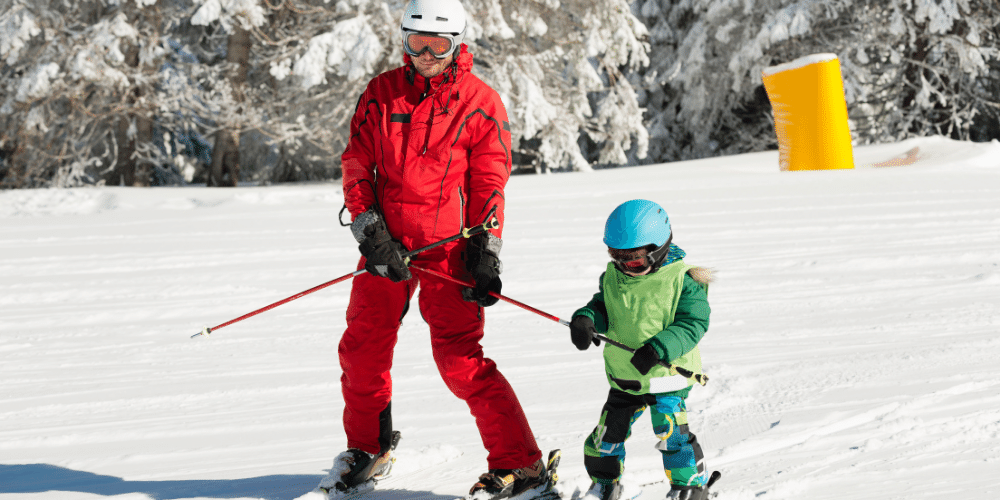
How to wax your skis
If you’re an avid skier, you know that having well-waxed skis is essential to a good day on the slopes. Here’s a quick guide on how to wax your skis at home:
First, start by cleaning your skis with a soft cloth or brush. This will remove any dirt or debris that could prevent the wax from adhering properly.
Next, choose the appropriate wax for your ski’s base material and the conditions you’ll be skiing in. For most all-purpose waxes, simply rub the wax onto the ski’s base in a circular motion and then let it sit for a few minutes before buffing it off with a clean cloth.
Once the wax is applied, you’re ready to hit the slopes! Remember to re-wax your skis regularly – typically every few days or after each time you ski – to keep them performing their best.
How to get on the ski lift
In order to get on the ski lift, you will need to purchase a ticket or pass. Once you have your ticket or pass, approach the lift line and find the lane that corresponds to the type of ticket or pass that you have. For example, if you have a beginner’s lift ticket, look for the beginner’s lane.
When it is your turn to load onto the lift, remove any loose objects from your pockets and secure them in a backpack or bag. If you are wearing a jacket, make sure that the zipper is all the way up so that it does not catch on anything as you ride up.
To get onto the chairlift, sit down in the seat and swing your legs around so that they are over the front of the chair. Grab onto the bar in front of you and hold on tight until the chairlift reaches its next stop.
How to ski down the mountain
Assuming you already know how to ski and are just looking for tips on how to ski down the mountain, here are a few things to keep in mind:
-First and foremost, always stay aware of your surroundings and be cautious of other skiers on the slope.
-When skiing down the mountain, try to keep your body as perpendicular to the slope as possible. This will help you maintain control and avoid going too fast.
-Be sure to keep your weight shifted onto your downhill ski. This will give you more control over your speed and direction.
-Whenever possible, use your edges to slow yourself down or change directions.
-And finally, always remember to have fun! Skiing is supposed to be enjoyable so don’t let yourself get too stressed out about it.
How to turn
Assuming you have never skied before, here are the basics of how to turn. To start, find a gentle slope that you feel comfortable skiing on. Once you have your skis on and are securely fastened in, start by pushing off with your poles to get some momentum. As you gain speed, keep your legs parallel to each other and point your toes in the direction you want to go.
To turn, simply shift your weight to the downhill ski while keeping your uphill ski relatively straight. For a left turn, transfer your weight onto your right foot; for a right turn, transfer your weight to your left foot. As you do this, let your skis point in the direction you want to go; they will naturally follow the path of least resistance. Remember to keep your knees and hips loose so that you can make quick adjustments as necessary.
As you become more comfortable skiing, you can experiment with different types of turns. If you want to make tighter turns, simply shift your weight further onto the downhill ski; for wider turns, shift your weight more onto the uphill ski. You can also try traversing across the hill instead of down it; this is often necessary when dealing with steeper slopes. Simply point your skis across the fall line and use small side-to-side movements to keep yourself moving in that direction.
With practice, turning will become second nature and you’ll be carving through powder like a pro in no time!
How to stop
If you’re someone who wants to ski but doesn’t know how, then this is the article for you. In this section, we’ll go over how to stop while skiing.
One of the most important things to remember while skiing is that you need to be able to control your speed. If you’re going too fast, it can be difficult to stop. There are a few different ways that you can slow down or stop while skiing:
– Use your edges: By tilting your skis onto their edges, you’ll be able to slow down or stop.
– Make snowploughs: Snowploughs are when you keep your skis close together and point them inwards. This will help to slow you down.
– Use your brakes: If you have ski brakes, use them! Ski brakes are located at the back of your skis and can help you slow down or stop.
– Get off the groomed runs: Groomed runs are those that have been freshly prepared by a machine. They’re usually nice and smooth, but they can also be quite slippery. If you’re struggling to control your speed, try getting off of the groomed runs and onto some powder instead.
Once you’ve mastered how to slow down and stop while skiing, there’s really no limit to what you can do on the slopes!
How to get off the ski lift
If you’re new to skiing, the thought of getting off the ski lift can be daunting. Here are a few tips to help you make a smooth transition from thelift to the slopes:
1. Before you get to the end of the lift, position yourself so that you’re facing uphill. This will help you keep your balance as you disembark.
2. As the lift comes to a stop, stand up and grab onto the handrail with both hands.
3. Step off the lift carefully, making sure not to lose your balance or fall.
4. Once you’re safely on the ground, release your grip on the handrail and enjoy your day on the slopes!
How to ski
Assuming you have never skied before, here are some tips to get you started on the slopes:
1. Choose the right equipment. You will need a pair of skis, boots, and poles. You can either rent or buy these items. If you are just starting out, it is probably best to rent since you may not be sure if you will stick with the sport.
2. Take a lesson. It is always best to learn from a professional instructor who can show you the proper techniques and help you avoid bad habits.
3. Start slow. Don’t try to do too much too soon. Skiing can be taxing on your body and it takes time to build up endurance and strength. Take breaks as needed and gradually work your way up to longer ski days.
4. Listen to your body. Skiing is a physical activity and like any other sport, there is always a risk of injury. Pay attention to your body and if something doesn’t feel right, take a break or stop altogether for the day.
5. Have fun! Skiing is supposed to be enjoyable so make sure to take some time to relax and enjoy the scenery while you’re out on the slopes!
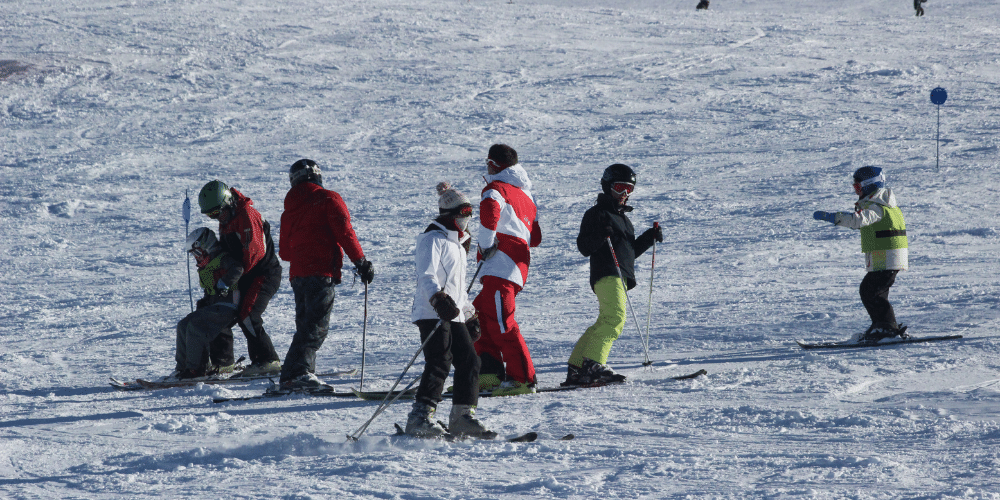
How to ski on different types of terrain
skiing on different types of terrain can be divided into three main categories: groomed, powder and moguls.
Groomed: This type of terrain is what you’ll find at most resorts. It’s man-made or machine-groomed snow that’s been packed down and is ideal for beginners and those who like to ski fast.
Powder: Powder skiing is what most people think of when they imagine skiing. It’s fresh, deep snow that hasn’t been skied on or packed down. It can be found off-piste (away from the marked trails) and in tree skiing areas.
Moguls: Moguls are bumps on the piste (marked trails) that are created by skiers turning. They can be small and subtle or large and challenging. mogul skiing is a discipline in itself and takes time and practice to master.
How to ski with different kinds of equipment
Depending on your skiing style, you may want to use different kinds of equipment. For instance, if you’re a speed demon, you’ll want skis that are shorter and narrower than those used for leisurely skiing. And if you’re into powder skiing, you’ll need fatter skis that will float on top of the deep stuff. Here’s a quick rundown of the different types of skis and what they’re best suited for:
-All-mountain skis: These versatile skis can be used in a variety of conditions and terrain. They’re not too long or short, and they have a moderate width that can handle both packed powder and soft snow.
-Freestyle skis: As the name implies, these skis are designed for doing tricks and jumps in the terrain park. They’re shorter and more maneuverable than all-mountain skis, with a twin-tip design that allows for easy landings (and takeoffs).
-Powder skis: If you live in (or are visiting) an area with lots of fresh powder, powder skis are a must. They’re longer and wider than other types of skis, which gives them extra floatation so you can stay atop the deep stuff.
Conclusion
Now that you know how to ski, it’s time to put your new skills to the test. Get out there and enjoy the slopes! And don’t forget to keep practicing so that you can become a better skier every day.

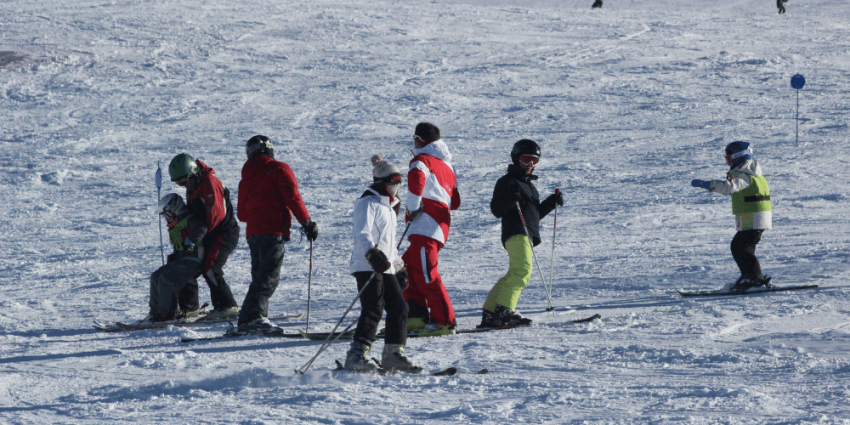




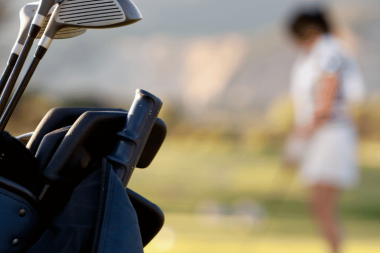
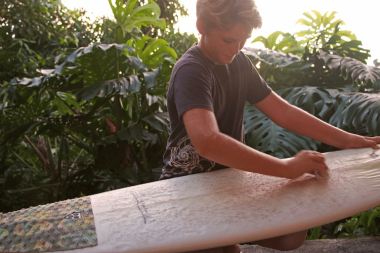


Leave a Reply